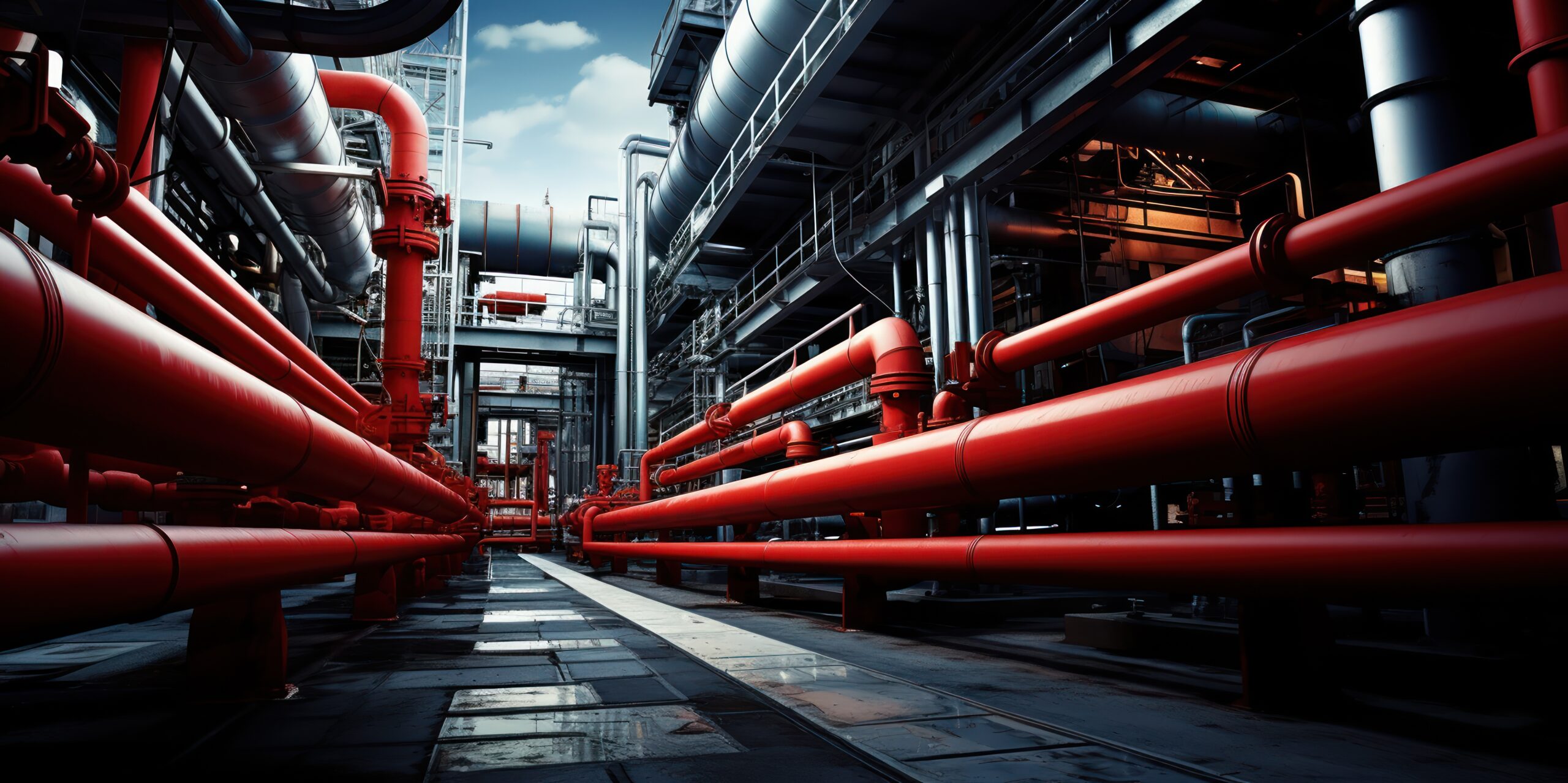
ISLAMABAD: Pakistan’s gas transmission and distribution system is facing a significant threat due to increasing line pack pressure, which has surged to a hazardous level of 5.13 billion cubic feet (bcf) after May 5, Presstonighy reported on Monday.
Between May 5 and May 25, the pressure was manageable, fluctuating between 4.570 and 4.97 bcf. However, the situation has worsened, reaching critical levels due to a significant reduction in the use of Re-Gasified Liquefied Natural Gas (RLNG) by the power sector, according to a senior official.
“On May 25-26, the gas system came under severe strain mainly because of the reduced RLNG usage by the power sector,” the official stated, warning that the pipeline could potentially burst as the system becomes more vulnerable if pressure exceeds the 5 bcf mark.
On Sunday, the line pack pressure was recorded at 5.13 bcf, slightly down from Saturday’s 5.17 bcf. Local Exploration and Production (E&P) companies have cut gas flows from 783 million cubic feet (mmcf) to 605 mmcf, a reduction of 176 mmcf, which poses operational risks to gas fields.
The power sector has decreased its RLNG consumption to 475 mmcf for electricity generation, leading to an increased line pack pressure of 1.530 bcf, putting additional stress on the gas transmission system.
In the fertilizer industry, gas consumption stood at 52 mmcf compared to 40 mmcf on Saturday. Fatima Fertilizer’s RLNG consumption was low at 24 mmcf as their plant resumed operations at 1900 hours on May 24 following their Annual Turn Around (ATA). Engro Fertilizer suspended system gas consumption at 2200 hours on April 22 due to their plant’s ATA, expected to last about 54 days.
With the current RLNG consumption rate at 32 mmcfd, there is an extreme high-pressure condition throughout the transmission network due to reduced RLNG offtake by the power sector.
To address the situation, authorities have begun reducing gas flows from local gas fields into the Sui Northern Gas Pipelines Limited (SNGPL) system to lower the line pack pressure. However, the official noted that reducing local gas flows poses significant risks to maintaining current production levels.
Exploration and production companies have repeatedly warned against the dangerous practice of decreasing local gas flows to protect the transmission system. They caution that gas wells nearing depletion must reduce natural gas flows, causing irreparable damage and preventing them from recharging to original flow levels without capital-intensive investments in artificial lift methods to resume production.




